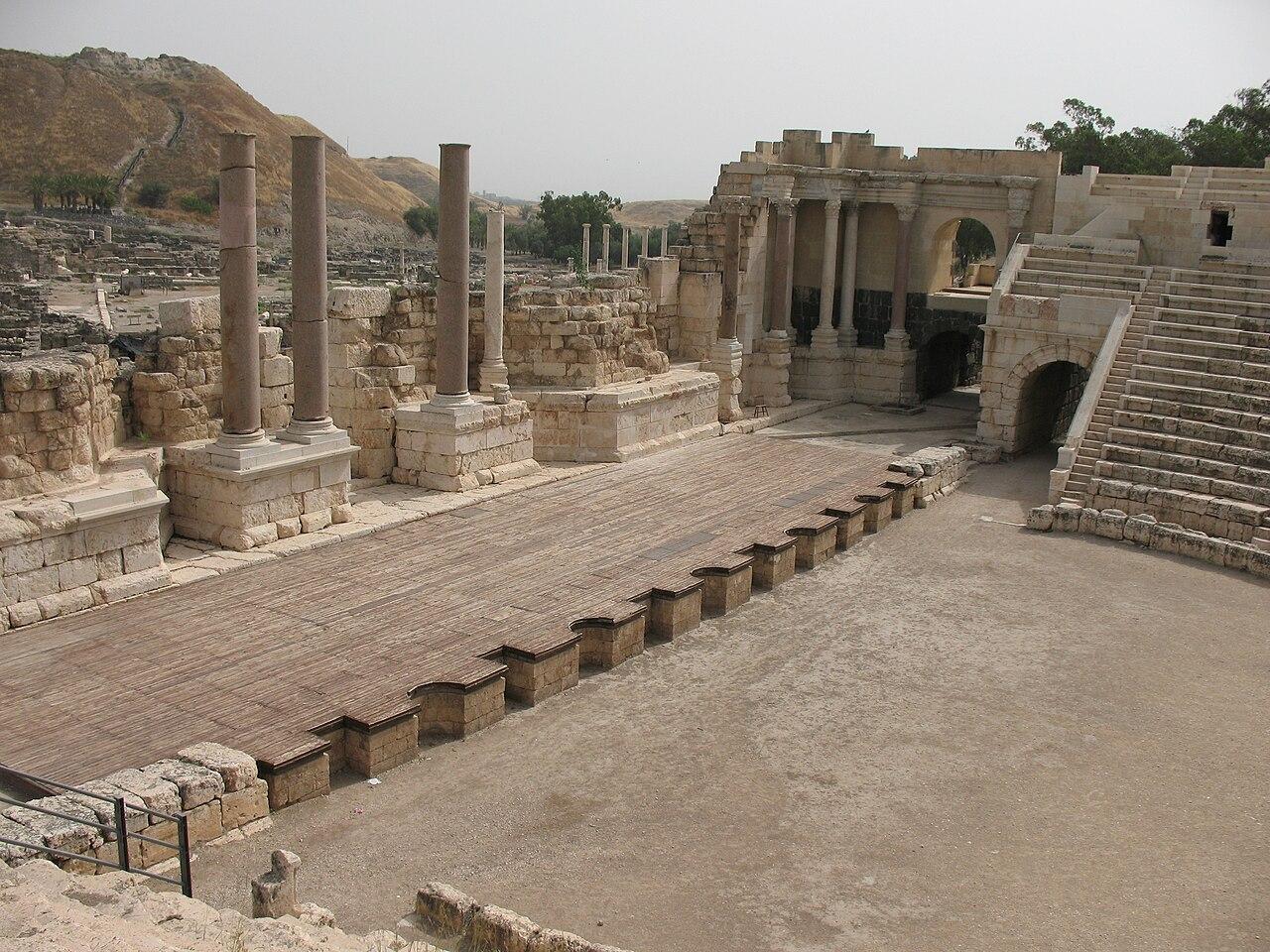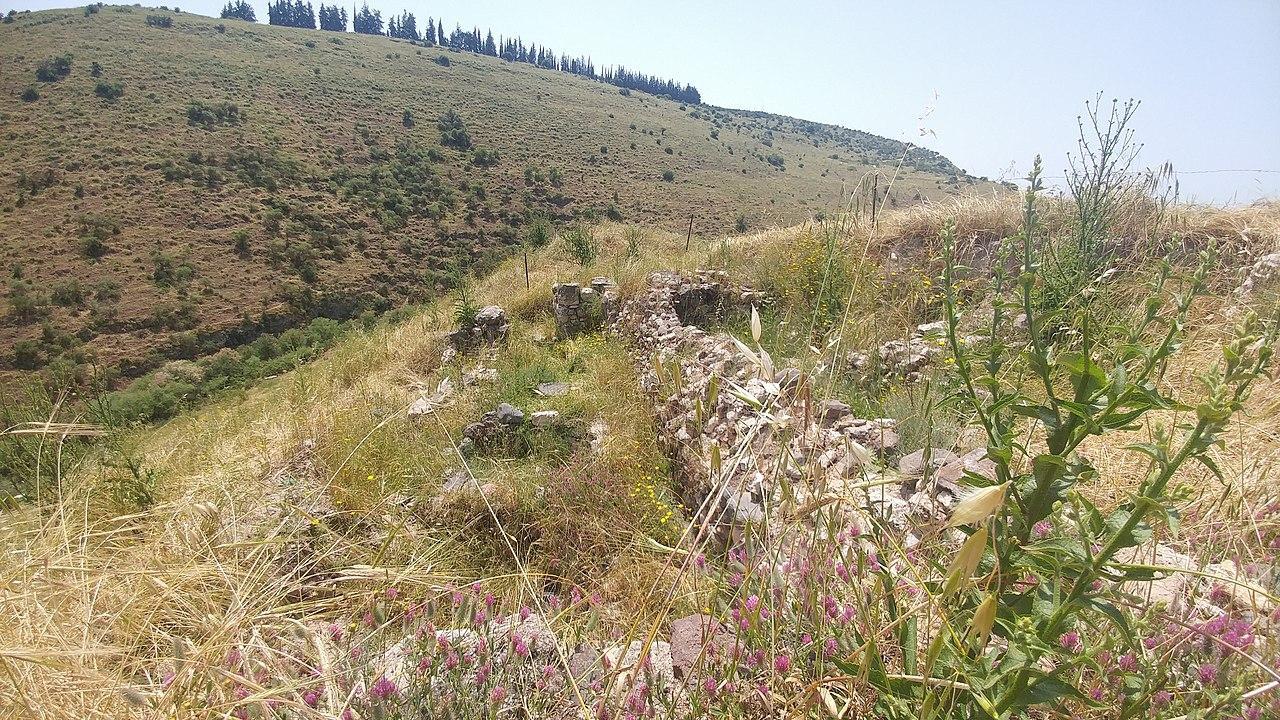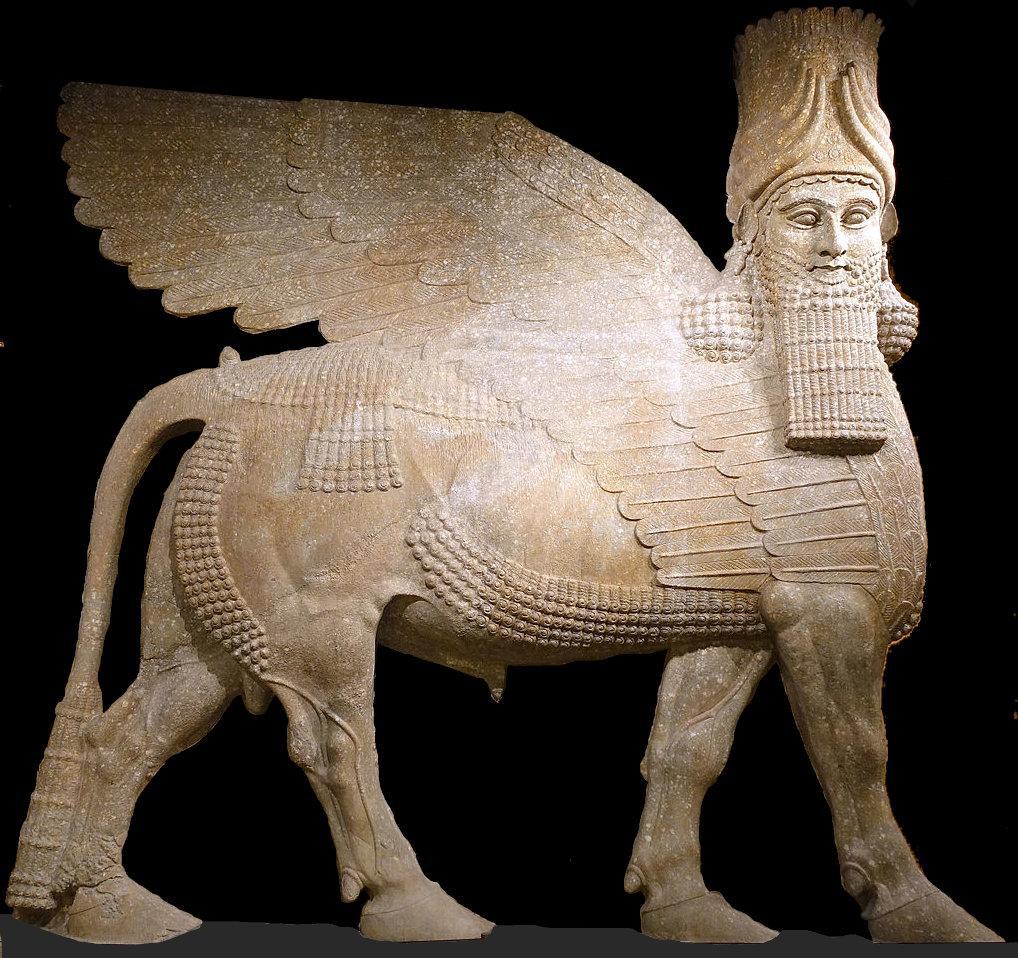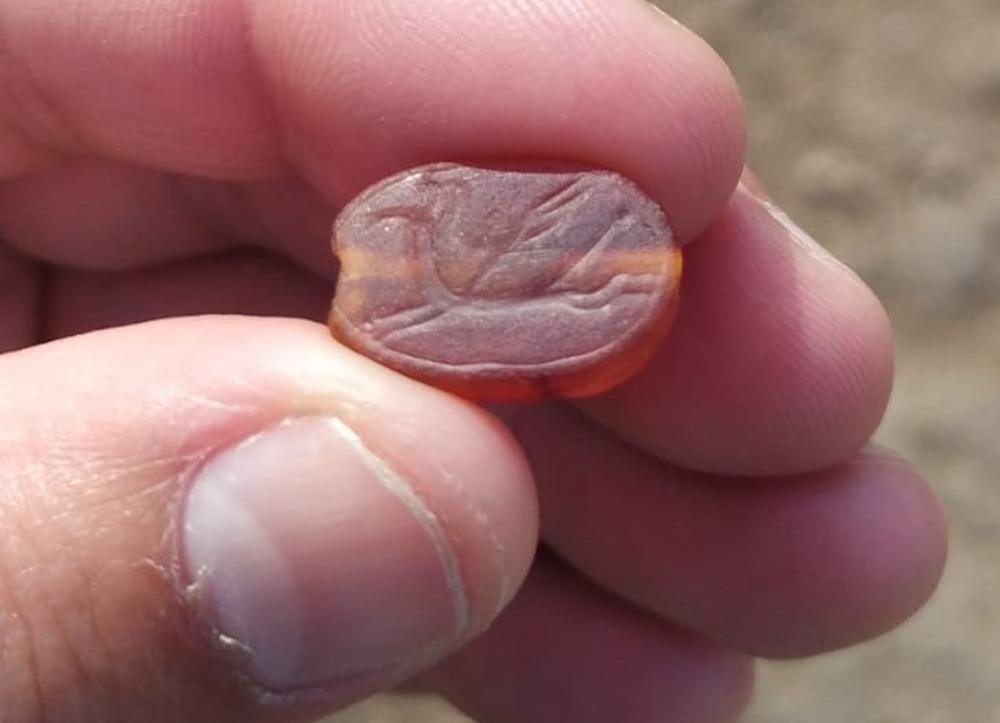Hiker Stumbles Upon a 2,800-year-old Amulet in Israeli Nature Reserve
An Israeli hiker stumbled upon a fascinating 2,800-year-old amulet while hiking through the Tabor Stream Nature Reserve in Lower Galilee.
The small artifact dates back to a period of instability in Israel, during which the Hebrew peoples were conquered by the Mesopotamian Assyrians. Further studies on the artifact and the site where it was discovered could provide valuable insight into this part of history.
The Long History of Israel
For thousands of years, the modern nation of Israel has been home to various civilizations and cultures, ranging from the early Canaanites to the tribes of Israel. Parts of it even fell under Roman rule during the height of the Empire.

Source: Wikimedia
Due to the vast array of groups, the land is filled with important historical sites, and new artifacts are uncovered every year, shedding light on its ancient past.
Israeli Soldier Discovers Rare Amulet During Hike
While it’s typically archaeologists who unearth fascinating artifacts during their extensive excavations throughout Israel, sometimes members of the public stumble upon items of interest unexpectedly as they go about their day.

Source: Freepik
This is precisely what happened to Erez Avrahamov, a 45-year-old Israel Defense Forces reservist, who found a unique amulet during a hike on his day off.
IDF Reservist Stumbles Upon Rare Artifact
Avrahamov had been trekking through the scenic Stream Nature Reserve in Lower Galilee when he stumbled upon the rare amulet.

Source: Israel Antiquities Authority
“While walking, I saw something shiny on the ground, and at first, I thought it was a bead or an orange stone. When I picked it up, I noticed that it was engraved like a scarab or beetle,” said Avrahamov, according to a press release from the Israel Antiquities Authority.
Avrahamov Contacts the Israel Antiquities Authority
Realizing the find’s significance, Avrahamov decided to contact the Israel Antiquities Authority and report his find.

Source: Freepik
His call reached Nir Distelfeld, Antiquities Robbery Prevention Unit Inspector of the Israel Antiquities Authority, who said, “I received a call from Erez, and I understood that he had found something special.”
Researcher Helps Avrahamov Identify the Item
Distelfeld reveals he instructed Avrahamov to check the item for any markings that could help them identify the artifact.

Source: Wikimedia
“I told him to take a good look at the other side of the scarab—the flat side—and check if it was also engraved. I immediately heard exclamations of excitement on the phone, and he told me that he could see a figure or image,” said Distelfeld.
The Small Scarab Is Decorated With an Image of a Mythical Beast
Professor Emeritus Othmar Keel of the University of Fribourg, Switzerland, detailed the finding, explaining it was decorated with the image of a mythical beast.

Source: Israel Antiquities Authority
“The scarab, made of a semi-precious stone called carnelian, depicts either a mythical griffin creature or a galloping winged horse. Similar scarabs have been dated to the 8th century BCE,” he said.
The Amulet Was Found at the Site of an Ancient Town
According to Distelfeld, the artifact was found within the borders of an ancient town associated with one of Israel’s biblical-era 12 tribes.

Source: Wikimedia
“The beautiful scarab was found at the foot of Tel Rekhesh, one of the most important tells in Galilee. The site has been identified as ‘Anaharat,’ a town within the territory of the tribe of Issachar (Joshua 19:19),” he said.
Important Discovery Made at the Foot of Tel Rekhesh
Dr. Itzik Paz, an archaeologist with the Israel Antiquities Authority who excavated Tel Rekhesh, calls the discovery one of the most important ever made at the site.

Source: Wikimedia
The artifact is “dated to the Iron Age (7th–6th centuries BCE). At that time, a large fortress stood on the tell, which was apparently under Assyrian control, the empire that was responsible for the destruction of the Northern Kingdom of Israel,” he said.
Assyrian Presence at the Tel Rekhesh Fortress
The discovery of the scarab at the site could be used as evidence of an Assyrian or Babylonian administration at the site, explained Paz.

Source: Wikimedia
He added, “The griffin motif on the seal is a known artistic motif in ancient Near Eastern art, and it is common on Iron Age seals. If indeed the seal can be dated, it may be possible to link it with the Assyrian presence in the Tel Rekhesh fortress, a discovery of great significance!”
Scarabs Depicted as Gods by the Egyptians
Scarab seals, named due to their resemblance to dung beetles, were used throughout the ancient world beginning as early as 4,000 BCE.

Source: Wikimedia
According to researchers, the Egyptian name is derived from the verb “to be created.” Egyptians paid special reverence to scarabs, using their image as a symbol of the creator god.
Rare and Striking Features of Israeli Scarab
The scarabs of the ancient world were made from a plethora of stones, including carnelian and amethyst. However, most were made from steatite, a soft talc stone that was often glazed.

Source: Israel Antiquities Authority
The deep orange color witnessed on the scarab unearthed in Israel is rare as it was made from carnelian and was discovered in a great state of preservation. Further studies at the site may provide researchers with a better understanding of the scarab’s origin.
